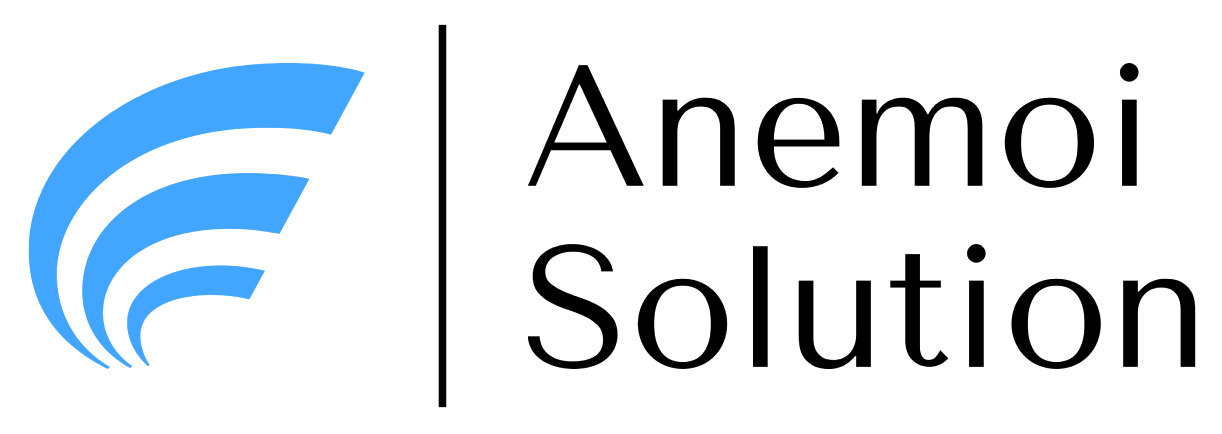How can we leverage IoT devices and blockchain technology to prevent water pilferage & theft during distribution?
- Alekh Johari
- Apr 18, 2024
- 2 min read
Watch the video to know how IOT Devices & Blockchain can be used to prevent water wastage and theft.
It will help in
1. Real-time Monitoring with IoT Sensors:
Smart meters: Install IoT-enabled water meters at strategic points in the distribution network, like entry points to neighborhoods or individual buildings. These meters would track water flow in real-time, detecting any unauthorized diversions or sudden spikes in usage.
Leak detectors: Equip pipelines with leak detection sensors. These sensors can identify any breaches in the pipes that might be used for pilferage.
GPS trackers: Consider attaching GPS trackers to water tankers used for distribution. This allows for real-time monitoring of their location and ensures they follow designated routes.
2. Secure Data Recording with Blockchain:
Immutable Records: All the data collected by the IoT sensors (water flow, leak detection, GPS location) would be uploaded to a blockchain network. Blockchain technology provides a tamper-proof ledger, ensuring data cannot be altered or manipulated.
Transparency and Traceability: Every transaction involving water movement (from source to destination) would be recorded on the blockchain. This creates a transparent and traceable record, making it easier to identify any discrepancies or suspicious activity.
Automated Alerts: The system can be programmed to trigger automated alerts based on predefined thresholds. For example, if a sensor detects a sudden drop in pressure or an unexpected deviation from the designated route (GPS tracker), an alert can be sent to authorities for investigation.
Benefits:
Reduced Water Loss: Real-time monitoring and tamper-proof data can significantly reduce water pilferage, leading to better resource management.
Improved Efficiency: Automated billing and data management streamlined by blockchain can increase operational efficiency.
Enhanced Transparency: Increased transparency throughout the distribution network builds trust between water providers and consumers.
Challenges:
Cost of Implementation: The initial investment in IoT devices and blockchain infrastructure can be significant.
Scalability: Implementing such a system across a large and complex water distribution network might require phased rollouts.
Integration with Existing Systems: Integrating the new system with existing billing and management infrastructure might require additional effort.
Overall, combining IoT devices and blockchain technology offers a powerful solution for preventing water pilferage and promoting responsible water management.




Comments